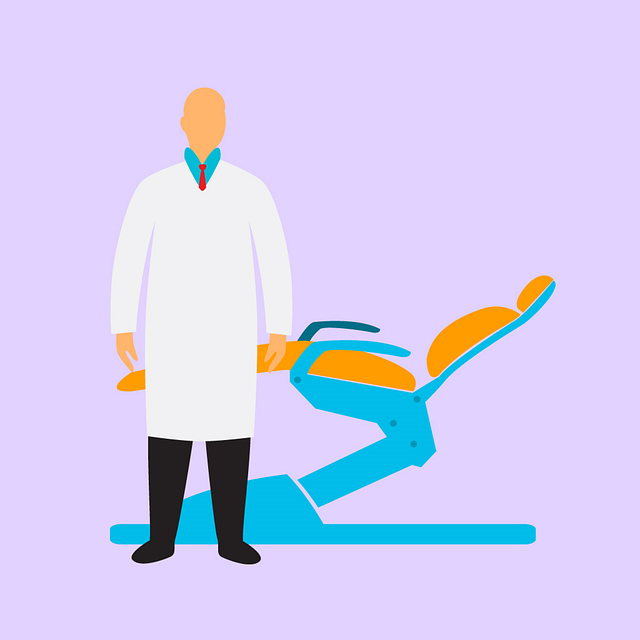Oral and maxillofacial surgeons who practice in the United States provide anesthesia differently than do others in the medical profession. This has been discussed before on this site in posts such as Updated Sedation Guidelines in Dentistry for Children. Oral and maxillofacial surgeons are allowed to provide anesthesia using what is known as a single operator model. The single operator model allows for one trained and certified operator in anesthesia to administer both the sedation and/or anesthesia and perform the dental work. In many of these cases with a single operator model a dental assistant with no medical training monitors the patient’s vital signs. All other doctors in medicine provide anesthesia using a dual operator model where there are at least two individuals who have training and up-to-date certification in patient rescue. Some patients and doctors/doctor groups in medicine do not feel the single operator model of sedation is safe for young children. This has been discussed in the article “Concerns Regarding the Single Operator Model of Sedation in Young Children” written by Agarwal et al. appearing in Pediatrics (vol 141, no. 4, April 2018, e20172344).
One of the co-authors (Kaplan) of the article in Pediatrics discusses how her nephew named Caleb died at 6 1/2 years old shortly after having two teeth extracted by an oral surgeon while he was under general anesthesia. The surgery took place in an office with an oral surgeon and 2 dental assistants. One of these dental assistants job was supposed to be to monitor the child while the other was responsible for assisting the dentist with the tooth extractions. The oral surgeon administered propofol, fentanyl, midazolam, and ketamine intravenously and then proceeded with the tooth extractions. By the time someone noticed Caleb had stopped breathing the pulse oximeter read 69%. The rescue efforts to revive Caleb were described as woefully inadequate. Around 48 hours later, after being transferred to a hospital, Caleb was pronounced dead.

After their own research the family learned that Caleb’s death was not an isolated incident and that such a dental model was rather commonplace. One of the co-authors (Kaplan) and her husband, along with Caleb’s parents, met with California State Assembly member Tony Thurmond, in an effort to make dental anesthesia safer. The first version of the bill was that there was a dedicated qualified anesthesia provider to monitor pediatric patients undergoing deep sedation or general anesthesia. This version of the bill was met with intense opposition by the California Dental Association and the California Association of Oral and Maxillofacial Surgeons. To help move forward with the bill, the American Academy of Pediatrics, California, the California Society of Anesthesiologists, and the California Society of Dentist Anesthesiologists joined in to support the bill. The end result was that Caleb’s law passed in 2016 with the following changes:
“(1) it mandated improved data collection by the Dental Board of California by requiring them to collect specified epidemiologic information for each adverse event and encouraged the dental board to contract with a nonprofit anesthesia registry to begin real-time data collection for sedation encounters in the dental office; (2) mandated that the dental board perform a study of sedation safety; and (3) specified the contents of a disclosure form for parents concerning anesthesia related risks in a dental setting”
Caleb’s family is still set on Caleb’s Law Part 2 to include a separate anesthesia provider for young children undergoing deep sedation and general anesthesia. However, the California Dental Association and the California Association of Oral and Maxillofacial Surgeons continues to fiercely oppose such legislation arguing it would increase patient costs and decrease access to care. Nonetheless, as discussed previously in the post Profit Motives in Oral and Maxillofacial Surgery Utilizing Sedation, the real reason appears to be the desire to continue to be able to bill for both the surgery and sedation by dentists and oral surgeons. The article by Agarwal et al. states:
“With the single operator model, the dentist or oral surgeon would have to simultaneously manage the airway, draw up and/or administer rescue medications, recognize and run the code, and manage cardiopulmonary resuscitation. This is an impossible task for even the most skilled clinician.”
The article makes some starting observations. First, the article mentions two articles that previously appeared in Pediatrics in 2000, long discussed on this site on the dental deaths page, that showed that a disproportionately large number of adverse sedation events in pediatrics occur in dental offices when compared to other medical settings. Second, the article mentions how, unlike in medical settings where adverse events are routinely reported to the quality improvement or risk management offices, that in dentistry data collection for adverse events does not similarly occur and is handled by state dental boards, although this was not being tracked prior to Caleb’s law being implemented.
The authors also mention how it has been found in recent articles that death or brain injury occurs in about 1 out of every 350,000 cases in dentistry. More details of such a calculation is shown on the mortality rates in dentistry page. However, an organization known as Wake Up Safe, which consists of pediatric anesthesia departments which gathers data on pediatric anesthesia, have shown no anesthesia related deaths or neurological injuries in nearly 2,000,000 children in a medical setting. Furthermore, the Pediatric Sedation Research Consortium, another group collecting data on pediatric sedation, has shown no deaths or significant complications in over 500,000 children in a medical setting. Thus, the authors conclude that the availability of skilled personnel to successfully rescue a child in the medical realm where a two provider model is used, has worked well in preventing deaths when compared to a single provider model used in dentistry.

2 thoughts on “The Single Operator Model of Sedation Leads to Caleb’s Law”